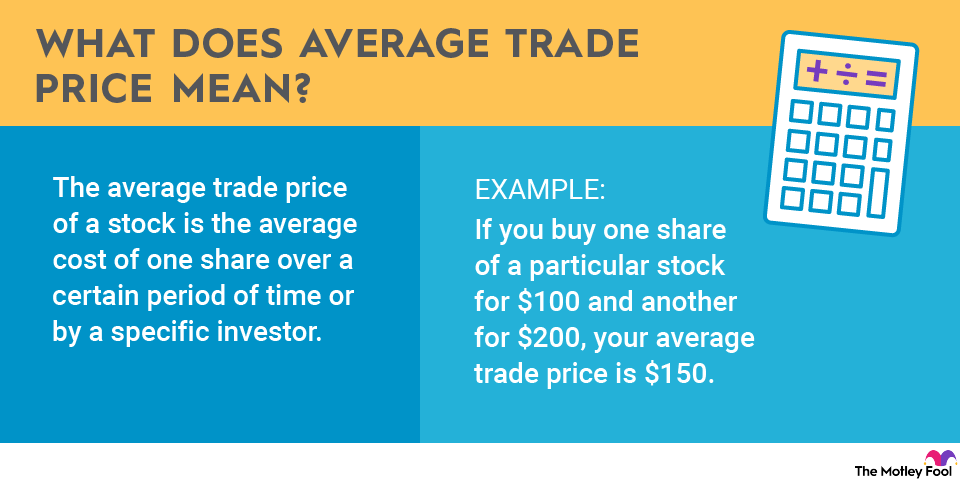The balance sheet is a key tool for understanding any business. It provides a synopsis of the company's assets and liabilities, detailing its cash position, debt, where its money is invested, and what makes up the value of the business.
Evaluating a balance sheet isn't always easy, which is why investors use ratios to measure balance sheet strength. One of the more commonly used ratio is the acid-test ratio, or quick ratio.

What is the acid-test ratio?
The acid-test ratio is a version of the current ratio, but it only includes the most liquid of the line items in the current assets.
It's defined as the sum of cash and cash equivalents plus marketable securities plus accounts receivables divided by current liabilities.
The higher the ratio, the stronger the company's liquidity and financial health, generally speaking.
How the acid-test ratio is used
Similar to the current ratio, which includes all current assets, the quick ratio gives a snapshot of how easily a company can pay its bills.
Since the acid-test ratio only includes cash, marketable securities, and accounts receivables, it gives a good indication of whether a business could pay its short-term liabilities within 90 days.
In general, the higher the ratio, the better for a business, although investors might find that some blue chip companies are able to get away with lower quick ratios because they can keep high accounts payable balances on their balance sheet while collecting receivables faster because they have the power to dictate terms with suppliers and customers.
An acid-test ratio greater than 1 generally indicates that a company's liquidity is stable, while a quick ratio less than 1 might signal that a company could have trouble paying its bills if it were in crisis.
Balance sheet ratios tend to gain more attention when a company is struggling or the economy is doing poorly. For instance, at the start of the COVID-19 pandemic, investors paid close attention to indicators like the acid-test ratio to see if companies could survive the shock of lockdowns.
When to use the acid-test ratio
The acid-test ratio is best used for businesses that are struggling, distressed, or facing a unique economic shock.
Bankruptcy
If a business faces the threat of bankruptcy or liquidity concerns, investors should take a close look at the balance sheet, using tools like the quick ratio to get a sense of the business's ability to stay afloat.
Often, these stocks are volatile, meaning there's opportunity in finding stocks that are priced as if they're headed toward bankruptcy. If they can avoid bankruptcy and improve their liquidity, their stocks can often deliver multibagging returns.
Alternatively, examining the acid-test ratio can help inform you of stocks to avoid before they start to fall because of bankruptcy concerns. Finding a company with a low quick ratio could be a red flag and help you sell it before it falls.
Related investing topics
What's an example of the acid-test ratio?
One company that has faced liquidity challenges of late is Carvana, whose shares have surged this year in part because it's quelled the threat of bankruptcy.
As of its second-quarter earnings report, Carvana had $541 million in cash and equivalents and $335 million in accounts receivable, giving it $876 million in assets applicable to the acid-test ratio. At the same time, the company had $2.18 billion in current liabilities, giving it a quick ratio of 0.4, which looks like cause for concern.
Based on that ratio, Carvana still faces liquidity challenges.
However, it's also worth looking at the current ratio, which includes all current assets. Carvana finished the quarter with $1.1 billion in finance receivables and $1.3 billion in vehicle inventory, both of which could be converted reasonably quickly to cash, giving it more of a cushion than the quick ratio would indicate.
With $3.9 billion in current assets, Carvana has a current ratio of almost 2, providing investors more security about its liquidity.
Although balance sheet concerns tend to come up more in a bear market than a bull market, investors should pay attention to balance sheet ratios like the acid-test ratio, especially when questions of liquidity come up.
The ratios can help you make better decisions and accurately analyze a company's liquidity position.



















